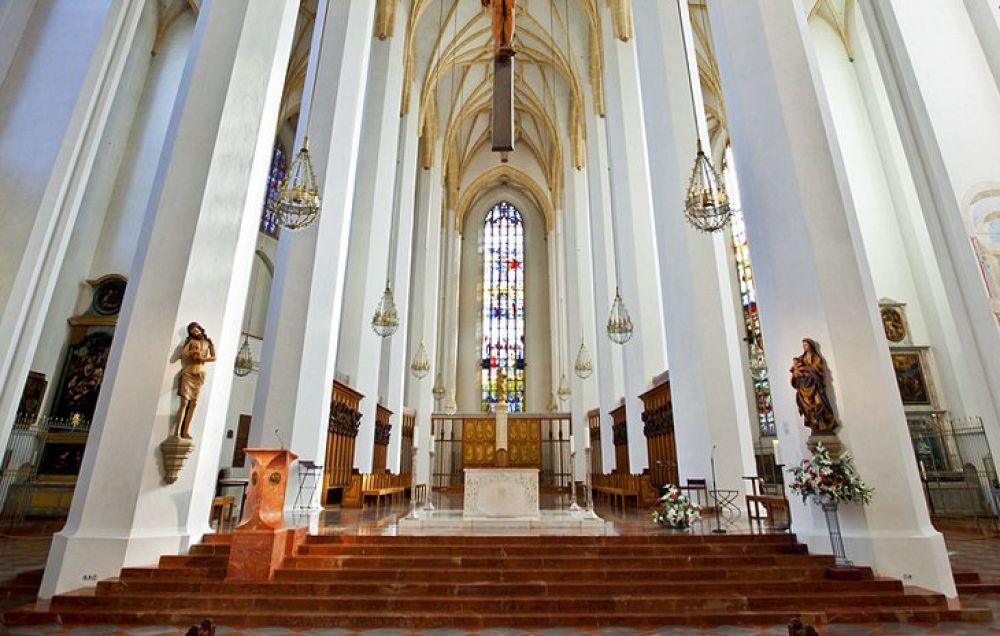

The Frauenkirche, officially known as the Cathedral of Our Blessed Lady, is one of the most iconic landmarks in Munich, Germany. This cathedral serves as the seat of the Archbishop of Munich and Freising and is a pivotal example of Gothic architecture in Bavaria. With its towering twin domes, the Frauenkirche has become an enduring symbol of the city.
Built in the late 15th century, the Frauenkirche has drawn visitors from around the globe for centuries. Post World War II, the church underwent extensive restoration to repair damages from bombings, and by the 1970s, it was fully restored to its former glory, reigniting its status as a must-visit destination for travelers interested in history, architecture, and religion.
The 1980s and 1990s saw an increase in cultural tourism within Munich, and the Frauenkirche played a major role in this. The church has been part of city tours, and visitors often include it in their sightseeing due to its central location in Munich's historic district.
In recent years, Munich has become one of Germany’s top tourist destinations, and the Frauenkirche continues to be a highlight for tourists. Visitors can attend mass, enjoy the awe-inspiring architecture, or climb the south tower to experience breathtaking views of Munich using the same entrance utilized since medieval times.
Tourism has evolved to include virtual tours and online information sessions, making the Frauenkirche more accessible to a global audience. This caters not only to physical visitors but also to those who wish to experience its beauty remotely.
As of the latest tourism trend, there is a growing interest in sustainable and responsible travel. The church administration supports this by conserving the cathedral and promoting environmentally friendly tourism practices within the premise. Moreover, visitors are encouraged to respect the sanctity of the church during their visits.
Cultural events such as classical music concerts are also regularly hosted within the cathedral, merging the experience of architectural grandeur with auditory delight, thus attracting concert-goers and cultural enthusiasts.